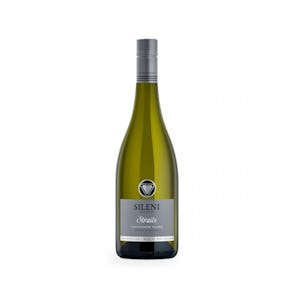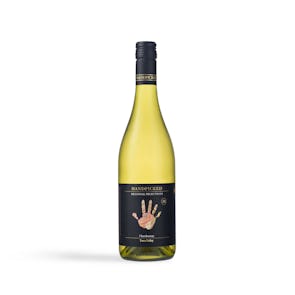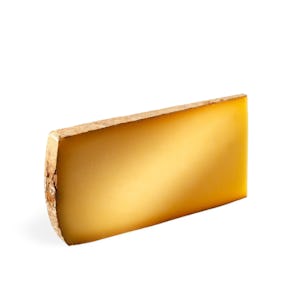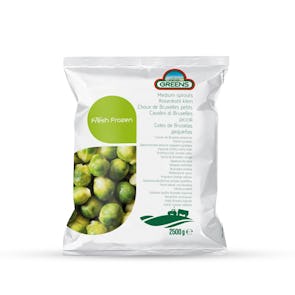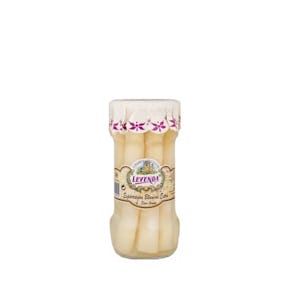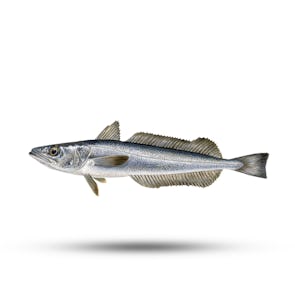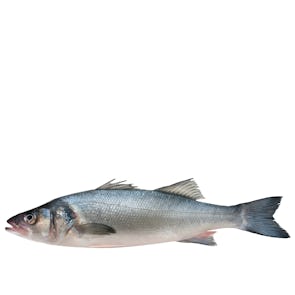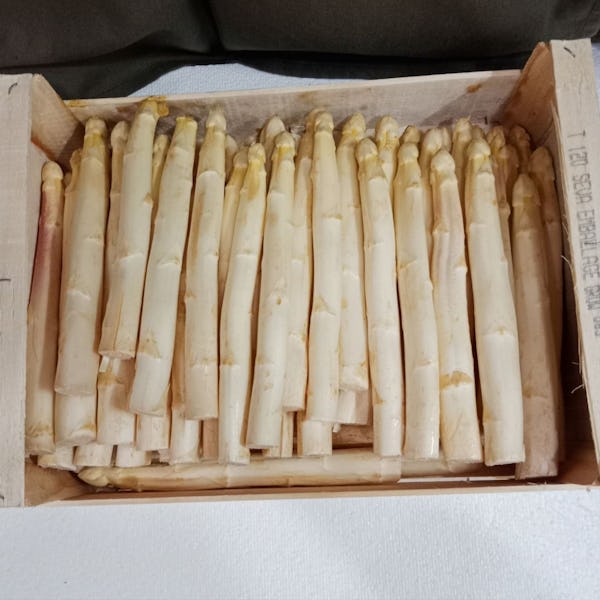




Fresh Organic Asparagus from France
Spring's Treat
Tasting Notes from The Curator
In flavor, white asparagus is milder and more delicate. It is sweeter yet packs a slight bitter taste. They are grown mostly in a dark enviroment, sometimes underground or in a well covered area.
In comparison. green asparagus is earthier and heartier. They get to soak up most of the sunlight as they like growing outdoors.
Fresh asparagus will taste 10x better than bottled or preserved asparagus as it maintains most of its orginal flavor and texture.
Preparation
Since white asparagus is known to be thicker and coarser than its green counterpart, it’s important to peel the stalks thoroughly and make sure they’re well cooked.
On the other hand, green asparagus is not as tough, but depending on the size, you might need to trim off the ends and peel the stalks as well.
Unlike white asparagus, green should be cooked al dente until nice and tender. Thinner spears are best used for sautéing, stir-fries, pastas and savory tarts, while the thicker pieces are perfect for roasting and grilling. Given the differences in cooking time, both should be cooked separately.
White asparagus is often enjoyed dipped in hollandaise sauce, as per the French. Green asparagus is enjoyed drizzled with extra virgin olive oil and tarragon.
A NOBLE VEGETABLE
The asparagus has been consumed for over 2000 years, and believed to have originated in East Mediterranean countries.
It was widely consumed in Ancient Greece, where it was considered to have sacred, medicinal, and aphrodisiac qualities. The Greek doctor, Hippocrates, used it to treat diarrhea and urethra pains. The Romans, on the other hand, enjoyed its gastronomic virtues. They had it as entrees and as side to fish. The Epicureans even froze them in the Alps for the Feast of Epicurus.
It had a lull in popularity during the Middle Ages, but in the 16th century, it was being served in the European royal courts. It was cultivated in France in the 17th century, as Louis XIV was apparently very fond of it. It was only in the 18th century that the asparagus could be found in local markets.
Storage Instructions
Asparagus are air-flown directly from France. Please keep refrigerated. They are best enjoyed at their freshest state, upon arrival to you.
If you’d like to keep them for longer, trim an inch of the ends of the asparagus. Stand the asparagus up in a glass bottle or jar with about an inch or two of water, making sure all the ends are sitting in the water.
Loosely cover the asparagus with a plastic bag and store in the refrigerator for up to a week. If the water looks cloudy, just change it as needed.



